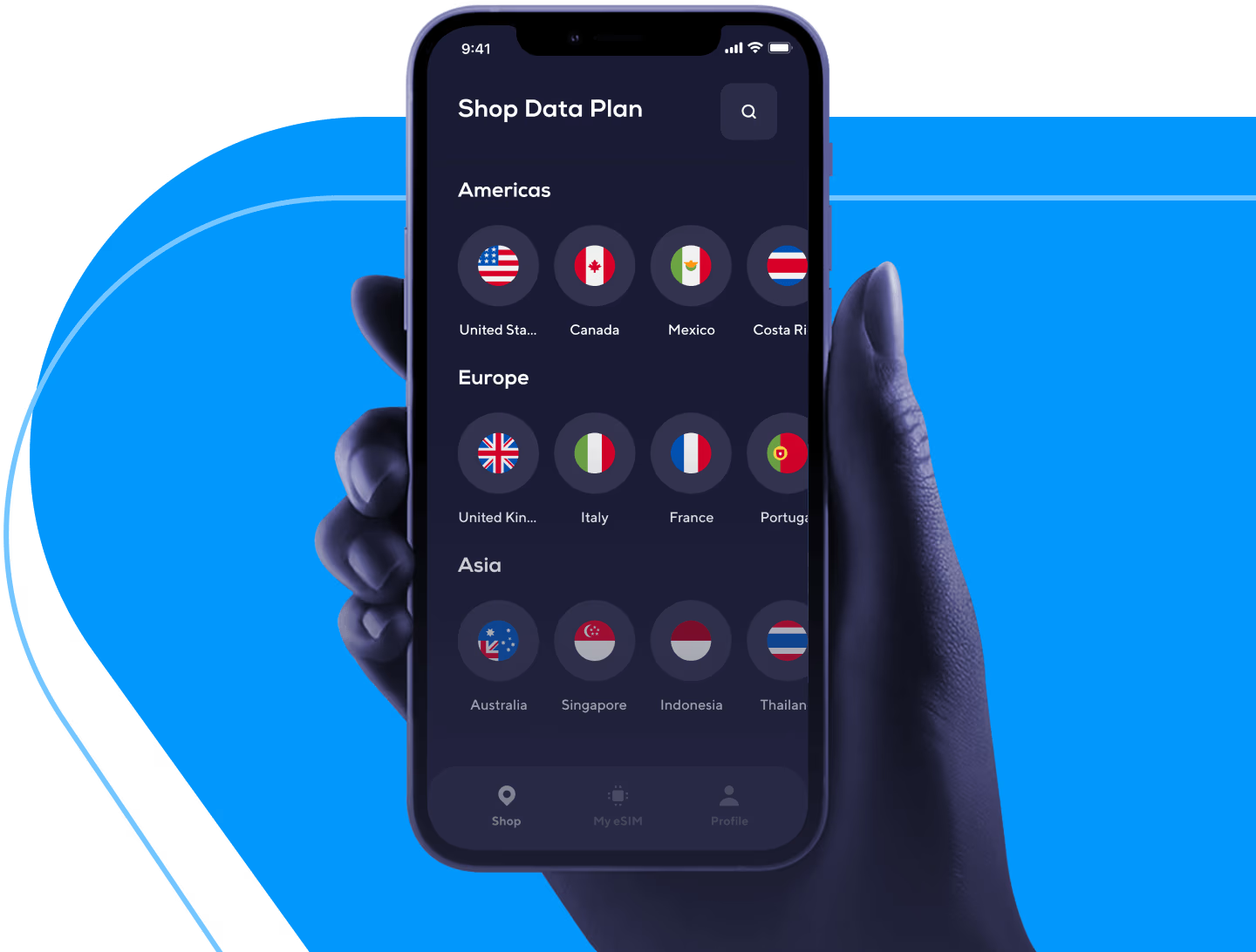
From Setup to Shake-Up: The eSIM Market Hits Its Next Gear
Remember when switching mobile providers meant hunting down a store, waiting in line, and fumbling with tiny plastic SIM cards? That era is fading fast. eSIMs—once a quiet tech upgrade—are now shaking up the mobile world in a big way.
We’re well past the early setup stage. What was once the domain of frequent flyers and hardcore tech users is quickly becoming mainstream, and it’s rewriting the rules of how we connect to mobile networks. From travel to telecom, the eSIM market just hit its next gear—and the timing couldn’t be more perfect.
What’s an eSIM, and Why Is It a Big Deal?
Let’s rewind just for a second.
eSIM stands for embedded SIM. Unlike the old-school SIM cards you pop in and out of your phone, an eSIM is a tiny chip that’s soldered into your device at the factory. It’s invisible to you—but way more powerful.
Instead of switching cards when you travel or change carriers, you just scan a QR code or download a plan directly onto your phone. No hardware. No stores. No nonsense.
That simplicity is at the heart of what’s driving this shift. But make no mistake—this is not just a convenience upgrade. This is a control shift. And the telecom industry is finally starting to feel it.
Why Now?
For years, eSIMs floated around the tech world as a cool-but-niche feature. Apple introduced eSIM support in 2018, and Android brands like Google and Samsung followed. But adoption was slow. Carriers weren’t exactly racing to embrace a technology that made it easier for customers to leave.
Now? The brakes are off.
🚀 Travel Rebound + Smarter Consumers
Post-COVID travel has come back with a vengeance—and travelers have changed. They’re smarter, more digital-first, and way less patient with rip-off roaming charges.
Travel eSIM platforms like Airalo, Nomad, Ubigi, Yesim, or Airhub (just to name a few) exploded in popularity by offering instant connectivity in 200+ countries, all from an app. No lines, no overpriced airport SIMs, no bill shock.
For travelers, eSIM isn’t just a convenience. It’s a must-have.
🍏 Apple Made a Bold Move—And the Industry Followed
In 2022, Apple went eSIM-only in the U.S. with the iPhone 14. No SIM tray. At all.
It was a gutsy move. Some users panicked. But the message was clear: this is the future.
Now, other device makers are following suit. The Pixel 8, Samsung Galaxy Z Flip5, and other new flagships all support dual eSIM functionality. The writing is on the wall: the SIM tray is on borrowed time.
📱 Telcos Are (Finally) Catching Up
It took years, but mobile carriers are now waking up. Across Europe, Asia, and parts of Latin America, more and more providers are offering eSIM activation as standard—not just for long-term postpaid plans, but for prepaid, travel, and even short-term use cases.
Even smaller MVNOs are rolling out digital-first onboarding, where you can activate your number in minutes—without ever walking into a store.
 What’s Actually Being Shaken Up?
What’s Actually Being Shaken Up?
So eSIM is trending—but what’s really changing?
✅ Consumer Power Shift
With physical SIMs, switching carriers was a chore. With eSIMs, it’s a few taps. That shift puts real power into consumers’ hands. If your provider’s pricing or coverage doesn’t work for you, switching is frictionless.
In short, loyalty is no longer a given. Telcos have to earn it.
🧠 Smarter Devices, Better Design
Removing the SIM tray might seem minor, but it frees up space inside devices. That can mean bigger batteries, better waterproofing, slimmer designs, and more room for other tech — especially in wearables like smartwatches, fitness bands, and IoT sensors.
Expect to see more eSIM-only smart devices hitting the shelves soon.
🌍 The Digital Nomad Dream
For remote workers, vanlifers, and location-independent professionals, eSIM is a dream come true. You can stack multiple data plans, switch between them based on coverage or cost, and top up on the go—all without ever swapping SIMs or visiting a mobile shop abroad.
But Let’s Not Pretend Everything’s Perfect
The eSIM shake-up is real, but it’s still got its friction points.
- Device Support: Not every phone supports eSIM. Budget and older models are often left out.
- Carrier Support: In some countries, carrier adoption is still spotty—or intentionally difficult.
- Awareness: Millions of users still don’t know eSIM exists or assume it’s complicated.
But the momentum is building fast—and the market is responding.
Where It’s Heading Next
We’re not just in the middle of a shift—we’re on the verge of a bigger wave. Here’s where the eSIM world is going:
📲 Effortless Multi-eSIM Management
Expect to see apps and platforms that let you manage multiple eSIM profiles with real intelligence: automatic switching based on location, usage caps, or travel schedule. Think: “smart roaming” meets personal assistant.
🌐 eSIM Bundles Beyond Connectivity
Some providers are already bundling travel eSIMs with extras like VPNs, cloud storage, AI travel tools, or international calling numbers. Soon, buying an eSIM won’t just mean data — it’ll mean a complete digital travel kit.
✈️ Travel Brands Joining the Game
Airlines, hotels, and OTAs are eyeing eSIMs as value-adds. Book a flight and get a travel eSIM as part of your confirmation email? That’s already happening with a few forward-thinking brands.
🧑💼 B2B Use Cases Exploding
eSIM isn’t just for consumers. Enterprises are starting to explore bulk provisioning, remote onboarding for staff, and embedded connectivity in business devices. It’s especially useful for IoT deployments, international teams, or logistics fleets.
Final Thoughts: From Quiet Upgrade to Market Earthquake
Let’s call it what it is: eSIM was once a nice-to-have feature. Today, it’s shaking up the mobile landscape.
We’re entering a phase where consumers expect instant, flexible, app-based connectivity—and they’re no longer willing to jump through hoops to get it.
From setup to shake-up, this market isn’t just gaining momentum—it’s changing the very definition of mobile freedom. And if your phone still has a SIM tray? It might just be living in the past.












